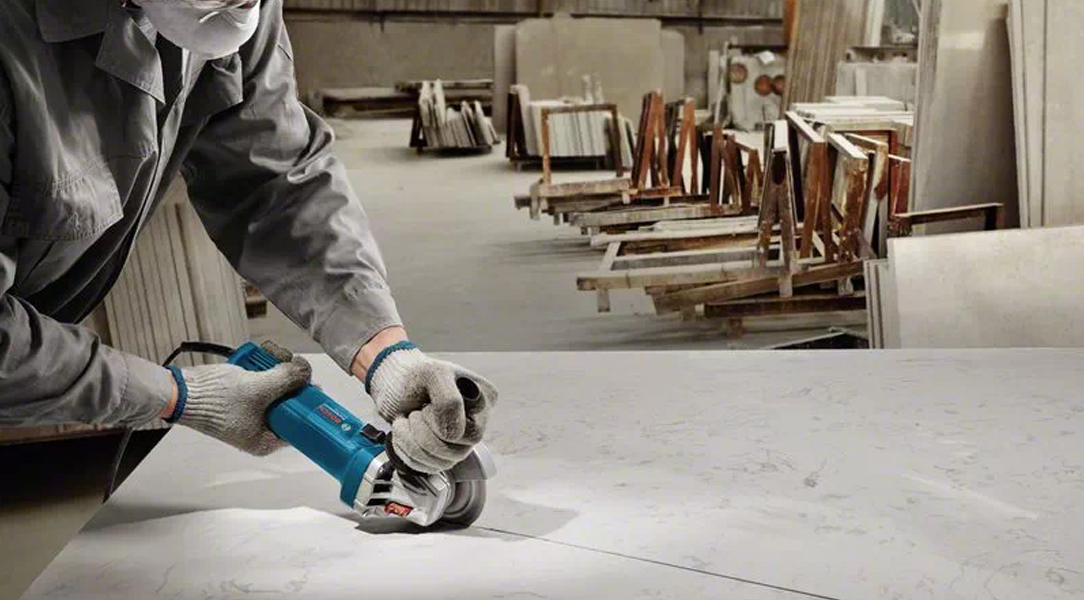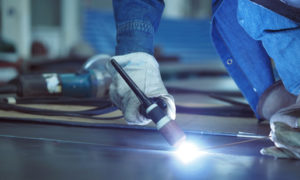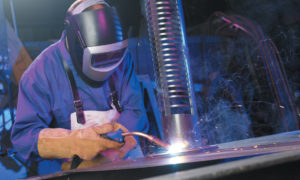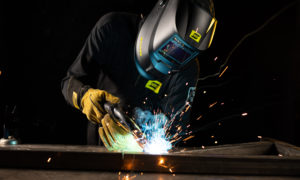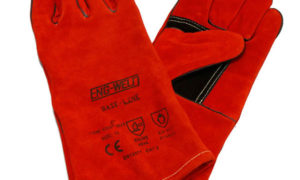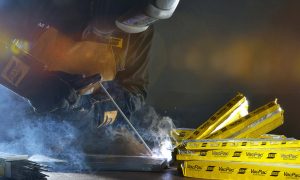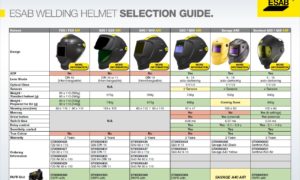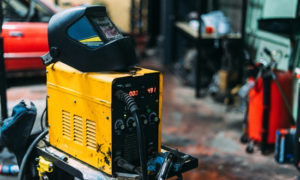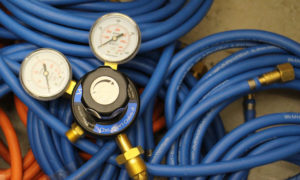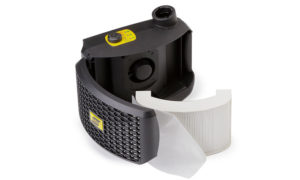What are Angle Grinders used for?
There are typically four key uses for angle grinders, which include:
- Cutting – If you need to make a cut in metal, masonry or ceramic, without moving the object from its original place, using a grinder with a cutting disc is an excellent option. Grinders are often used as a replacement for saws due to their superior maneuverability.
- Grinding – As the name itself suggests, grinders can be used to grind a variety of materials to great effect. This is in fact the primary use for angle grinders, smoothing and removing excess material from weld joints or masonry quickly and easily.
- Polishing – Using polishing discs or mop attachments, grinders with a high RPM can be used to create a polished finish on a variety of surfaces to great effect.
- Sanding – In many instances, a traditional sander is the best option for sanding. However, when used in conjunction with a sanding disc, grinders can produce a smooth surface on both masonry and metal.
What to consider when buying an angle grinder?
There are a number of factors that you should give careful consideration to when buying new angle grinders:
- Motor power
- Power source
- RPM
- Arbor size
- Brushless
- Safety features
Motor Power – The higher the wattage of your angle grinder, the more power it has. This gives you more power to easily cut through denser materials. If you plan on using the grinder for extended periods of time, a higher wattage is recommended.
Power Source – They are usually electric powered, either using a cord or a battery pack. 240v models are designed for use at home, while 110v is a requirement for professional use on worksites. While cordless grinders offer greater manoeuvrability and versatility, as they can work anywhere, corded models are also a great option.
RPM – The speed, or RPM refers to how fast the disc rotates. Opting for a model with adjustable speeds gives the users more control, allowing them to be more precise in their work. Both single and variable speed models are available, with variable speeds being better suited to more delicate work, although this is usually reflected in the price.
Arbor Size – This refers to the spindle thread, commonly called the Arbor, and they come in two main sizes, small, with an 8.75 mm shank, and large, with an 11.1 mm shank. The size of the Arbor will have a direct bearing on the choice of disc used.
Brushless – If you are looking for a model that is likely to last longer, boasting increased run time and a unit with more power, then you might want to consider opting for an angle grinder with a brushless motor. With fewer parts that could potentially wear out, they represent a great option.
Safety Features – As a power tool, built-in safety features such as slow-start, anti-kickback as well as paddle switches will help to prevent injury.
What else do you need to know?
The size of the disc should have a direct bearing on your choice of angle grinder. The two most common disc sizes are 4.5” (115mm) and 9” (230mm). Grinders with larger discs are particularly well suited to heavy-duty applications, whereas those with smaller discs are ideal for finer work.
Additionally, it’s worth bearing in mind that smaller grinders have a relatively high RPM and smaller discs are also more prone to wearing down quite rapidly.
Angle Grinders – The Brands we stock
We stock angle grinders from three manufacturers, Milwaukee, Hikoki and Bosch. We’ve selected our top picks for Bosch and Hikoki:
- Bosch angle grinders – Bosch GWS 750 Grinder Professional 240v & Bosch GWS 750 Grinder Professional 110v
- Hikoki angle grinders – Hitachi G12Se2 1200W 115mm Angle Grinder 240V & Hi-Koki G12SE2 1200W 115mm Angle Grinder 110V
If you are unsure which brand or model of angle grinder to choose, please do not hesitate to contact us, and we’ll be happy to assist.
How to safely use Angle Grinders?
There are a number of safety tips that should always be followed when operating an angle grinder. They combine two dangerous elements, a sharp cutting disc, with a high RPM, which means if used incorrectly a serious injury could easily be inflicted.
Our safety tips are as follows:
- Be sure the angle grinder is switched off before you plug it in.
- Read the manual to gain a full understanding of how the unit works. Even experienced operators should do this to ensure that they fully understand how a specific device operates.
- Use the correct disc for the task at hand. This means choosing the correct size, and the correct type of disc. For example, using a metal cutting disc to work on stone could result in the disc wearing down quickly, or even breaking.
- Wear the correct safety clothing. Safety goggles should always be worn, while safety gloves are also recommended. Depending on the area you are working in, and its ventilation, you may also find that you need to wear a dust mask or ear defenders. Also, be sure to not wear loose-fitting clothing, dangling jewelry or have long hair hanging over the grinder.
- Be sure to use it correctly. You should never remove the safety guard, as this is there for a reason. While you should also inspect all aspects of the unit prior to use to ensure that all components are in good working condition.
- Stay focused! Even the most experienced user can experience momentary lapses in concentration, and it is these lapses that represent the window in which you are most likely to injure yourself.

